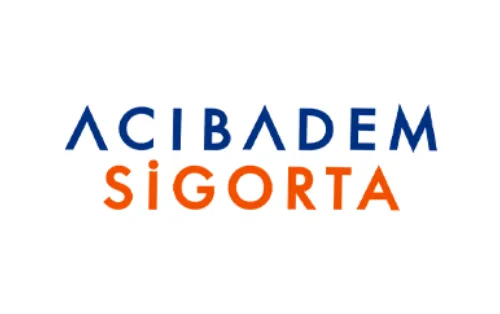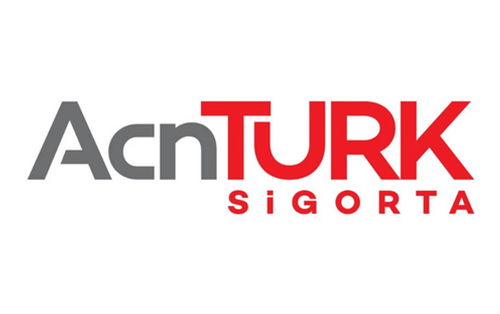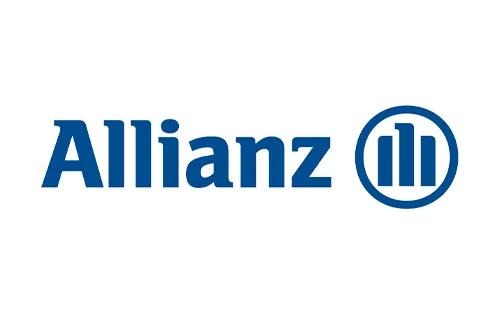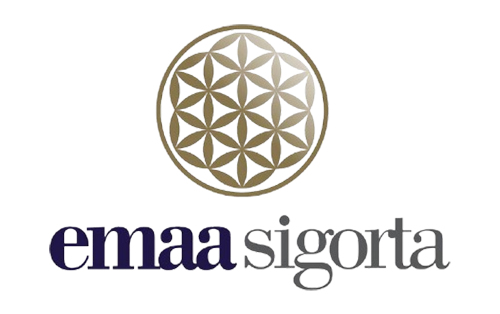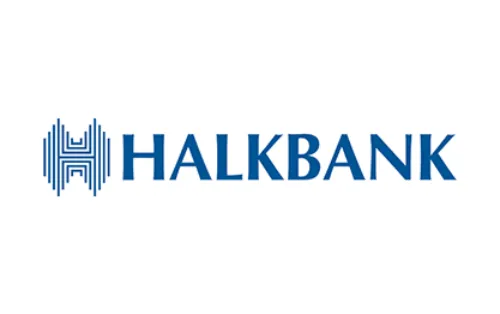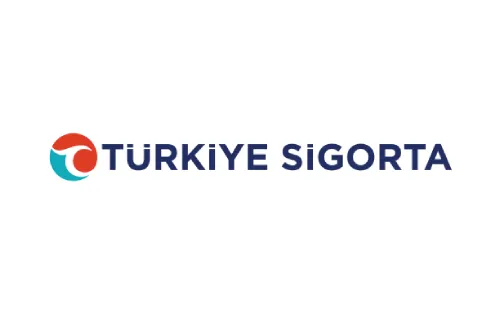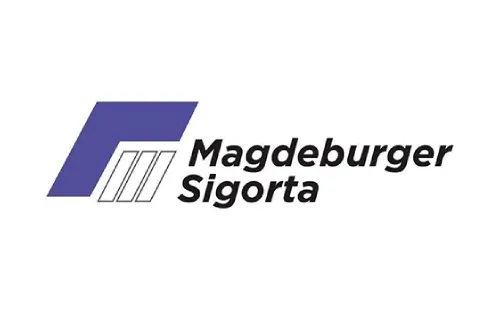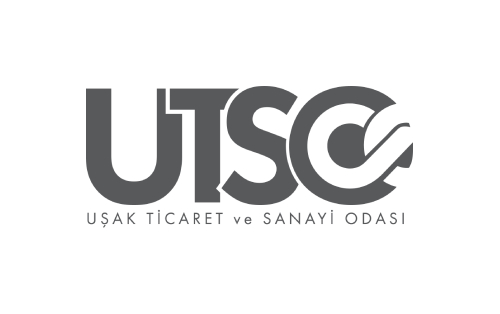Concha surgery, or lower Concha reduction, is a procedure in which the lower nasal Concha is examined and reduced in size to allow for reduced nasal airflow. Surgery is typically performed through nostrils on both sides of the nose. This procedure is typically performed in the operating room under general anesthesia. Sometimes this procedure is performed in conjunction with other procedures to improve nasal breathing (i.e. sinus surgery, nasal endoscopy, nasal cautery, or septoplasty).
Why does my child need Concha surgery?
Typically, children benefit from Concha surgery when they have difficulty breathing through the nose. It can also cause snoring, difficulty sleeping and nosebleeds due to turbulent airflow. This can cause the mucous membrane lining the nose to dry out. His sense of smell can also be affected.
After Konka surgery
If you have had a septoplasty or sinus surgery along with Concha surgery, you may have packaging or a plastic splint in your nose. There may also be a bandage (dressing) outside your nose.
It's normal to have a little mucus and blood drain from your nose. Dry throat and irritation may occur. Pain medication will be prescribed as needed. Drugs that increase bleeding will not be recommended.
Reduction of Concha by radiofrequency (reduction of Concha)
Turbines are small structures that clean and moisten the air that passes through the nostrils in the nose to the lungs. They are made with a bony structure surrounded by vascular tissue and a mucosa on the outside, and can swell and become inflamed with allergies, irritation or infection, which causes nasal congestion and produces excessive amounts of mucosa.
Radiofrequency Concha reduction is a procedure in which a needle-like instrument is inserted into the concha and energy is transmitted to the tissue to cause a controlled damage, so when the healing process takes place, the Concha is reduced, improving the airflow. It is an office procedure performed under local anesthesia and takes about 10 minutes. There are usually no long-term side effects in the healing process, such as pain, changes in physical size, and loss of smell perception. The patient should know that there will be crusting in the nose for about 3 weeks. We recommend the frequent use of nasal brine irrigations and the use of antibiotic ointment during this time. The conkas have little chance of regaining overtime.
Air flow after Konka reduction
1 after the Konka reduction. the day should rest and 2. we recommend that you do not exercise strenuously during the day. In rare cases, risks include bleeding and infection and should be considered.








